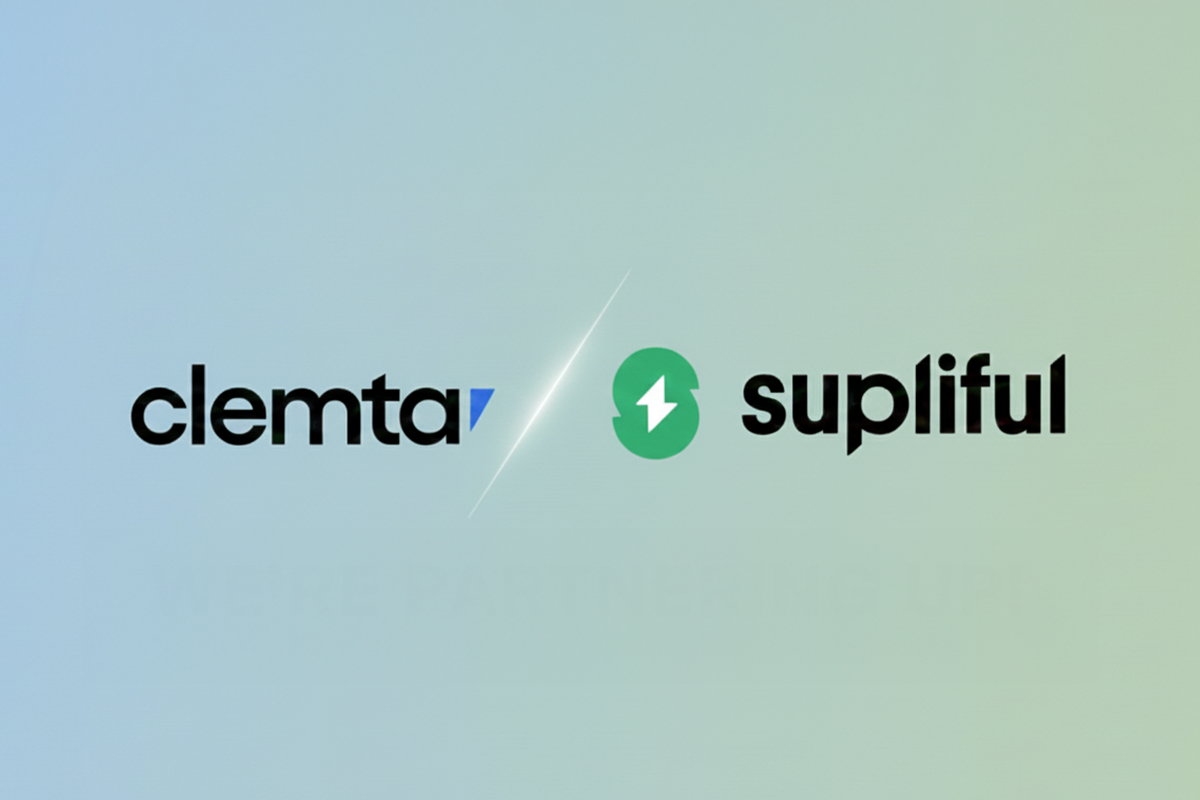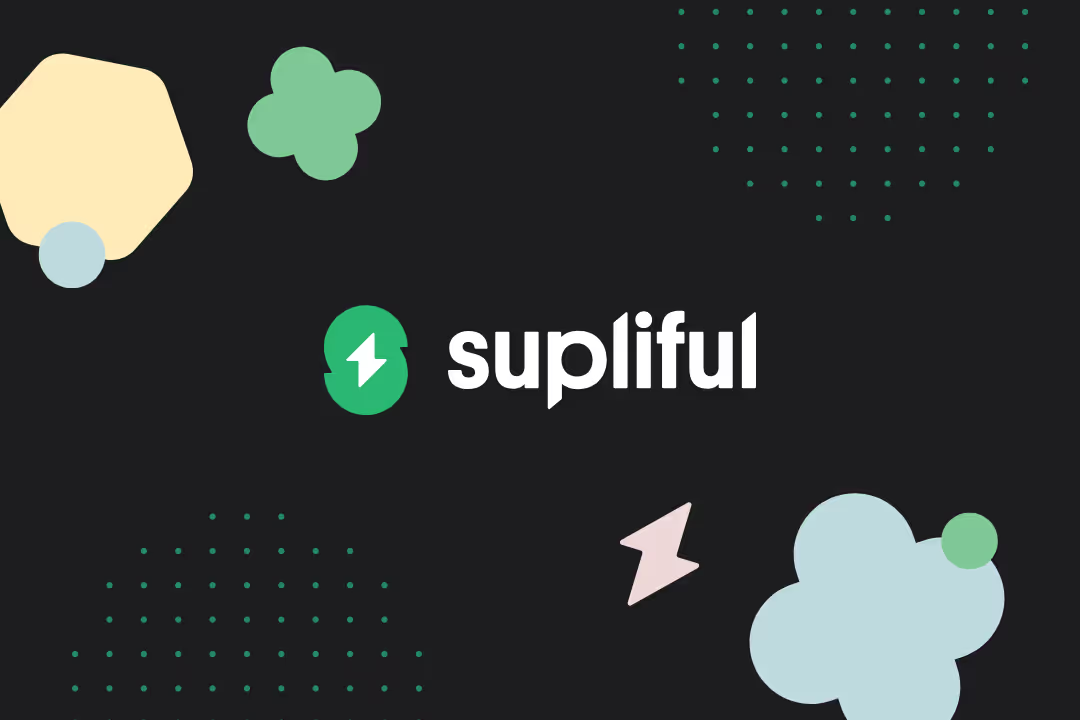
Choosing your product pricing strategy is a high-stakes decision that you have to make before even having started to sell your product. Set your product pricing too high and people won't buy from you. Set it too low and your profit will suffer or people may start to assume your product is of poor quality.
While there's no silver bullet when it comes to product pricing strategies, we've put together an evidence-based approach that you can copy. So that you don't have to leave your pricing to guesswork.
Let's get started!
Step 1: List your recurring fixed costs
The process of pricing your product includes a lot of unknowns, so it's a good idea to start with something you do know – your recurring fixed costs.
Fixed recurring costs refer to the expenses that are static and charged regularly – that can be every time a customer places an order, as well as monthly or yearly costs related to tools you use.
Here’s a sample list of fixed costs that you may incur if you're selling with Supliful via Shopify:

Once you've listed all the recurring fixed costs that you can currently think of, go to the next step.
Step 2: Estimate the number of orders per month
You can't predict exactly how many orders your store will receive every month. That said, it's possible to estimate the number of orders you can expect (at least in the first months of your business).
Think of the channels that you have full control of that you'll use to bring potential buyers to your online store. Those channels can be your blog, email list, social media accounts, or any other.
Nowadays, for example, many sellers are using social media.
Stats show that on average, 1.7% of your social media followers will convert (aka make a purchase from you) after seeing your post. This percentage, however, can range from 0.9% to 3.24%, depending on the social media platform you use and how engaged your audience is.
To estimate the number of orders you could receive per month, use this formula:
Estimated number of orders = number of followers x conversion rate
Hence:

So, if you have 5,000 followers and your audience is moderately engaged, you could expect approximately 85 orders from one social media post.
Note: Here, we're assuming that there's a single product in every order. Therefore, 85 orders equal to 85 products sold. This is the minimal number of products you can expect to sell if you make a single social media post a month that promotes your brand.
Step 3: Calculate your total product costs
Supliful's product base price that includes expenses like product manufacturing, storage, packaging, etc., makes up one part of your total costs per product. On top of this, you have to add all the other fixed costs listed in step #1, with monthly costs for subscriptions and services divided by the total number of orders you expect per month.
So, here's how you calculate your total product costs if you're expecting to sell 85 products a month:
Fixed fees per order + (Fixed monthly fees / 85) = Total product costs
In the case of our example that is:
($14.40 + $0.30) + (($29 + $40 + $250)/85) = $18.45
Your total cost per product is $18.45.
Step 4: Add your profit
On top of your total cost per product – $18.45 – you have to add your markup. Basically, it's how much profit you want to make on each product sold.
What is a good markup?
It depends on the particular product category, but for supplements a 20-30% markup is typical. So, let's add a 25% markup:
Total cost per product x 0.25 = product markup
Your profit, in this case, would be $4.61 per product sold.
So, as an influencer with 5000 followers selling 85 products per post, your estimated profit would be at least $391.58 per post. That's 4 to 40 times more than most influencers with such following receive for sponsored brand posts.
Step 5: Take into consideration other potential expenses
Fixed recurring costs aren't your only business expenses – there are more expenses you should be prepared for.
Marketing expenses
These include paid ads and other promotions, human resources (eg., freelancers who would help you with content marketing), and more. Brands that sell their products to consumers (B2C) usually spend 5-10% of their revenue on marketing.
Additional transaction fees
For example, if you're using Shopify Payments, their online credit card rate is 2.9% (additional to the fixed cost of $0.30). Other payment providers may have other rates.
Returns & refunds
Every ecommerce business owner needs to consider the factor that a small portion of buyers will request a refund. The reasons vary, one of the most common ones being missed deliveries or lost shipments. Luckily, Supliful doesn't see high return & refund rates, but just in case, add some 10% on top.
With 10% of your total revenue allocated to marketing, 2.9% charged by Shopify Payments, and an additional 10% reserved for returns & refunds, you have to add a total of 22.9% on top.
Let's put everything together and calculate the selling price of your product:
Product price = (product costs + your profit) + ((product costs + your profit) x 22.9%)
That is:
Product price = $23.06 + $5.28
Your product selling price is $28.34 that can be rounded up to $28.50.
Step 6: See if your pricing fits the market
This step includes comparing your pricing with your competitors', as well as understanding whether it matches your audience.
Let's start with competitors' analysis.
The product we're using as an example is the BCAA 2:1:1 powder:

The packaging contains 300 grams of the product, which equals 55 servings. That's approximately $0.52 per serving if the product is sold for $28.50.
Now, let's find other sellers that offer a similar product and check their pricing.

As you can see, while our price per one package is slightly higher than the average, the cost per serving matches the average market price for similar products. This allows us to conclude that our pricing is competitive enough.
Bear in mind that this is a very simplified comparison. You may want to do a more detailed analysis and include other product characteristics that can impact the value (quality) and price of your product. For example:
- Ingredients
- The percentage of the active ingredient
- Country/region of manufacturing
- Certifications
- etc.
After you've done the pricing analysis of your competitors' products, there's one more thing to do – your target audience's analysis. Just because your pricing matches the general market tendencies, it doesn't mean it matches your audience.
Ask yourself – will my audience have the money and motivation to buy a product for the price I've set? Or on the contrary – perhaps, your audience is not very price-sensitive and the product price could be increased?
For example, if your audience is mostly students that prioritize lower pricing over quality, you may need to lower your product price to match their purchasing power. On the other hand – if you target people with above-the-average income who appreciate eco-certified products, you can surely stick to this pricing or even increase it a bit.
At the same time, keep in mind that your customers' willingness to pay for the product is less about how much it costs and more about how they perceive its value. Meaning, if people perceive your product as a valuable investment in their wellbeing and performance, they'll be ready to pay for it.
Test and iterate
This step-by-step guide is probably the easiest way to price your products and a good start if you have no idea how to come up with a price for your product.
That said, you won't know whether you've chosen the right pricing until you start selling your product. That's the only way to accurately test it. So, go ahead and launch your product, then analyze its performance and adjust the pricing accordingly.
Good luck!
FAQ
Related blogs

Supliful x Clemta: Your Shortcut to a Global Supplement Empire

A Year in Review: Supliful’s 2024 Successes and 2025 Roadmap
.avif)


.avif)